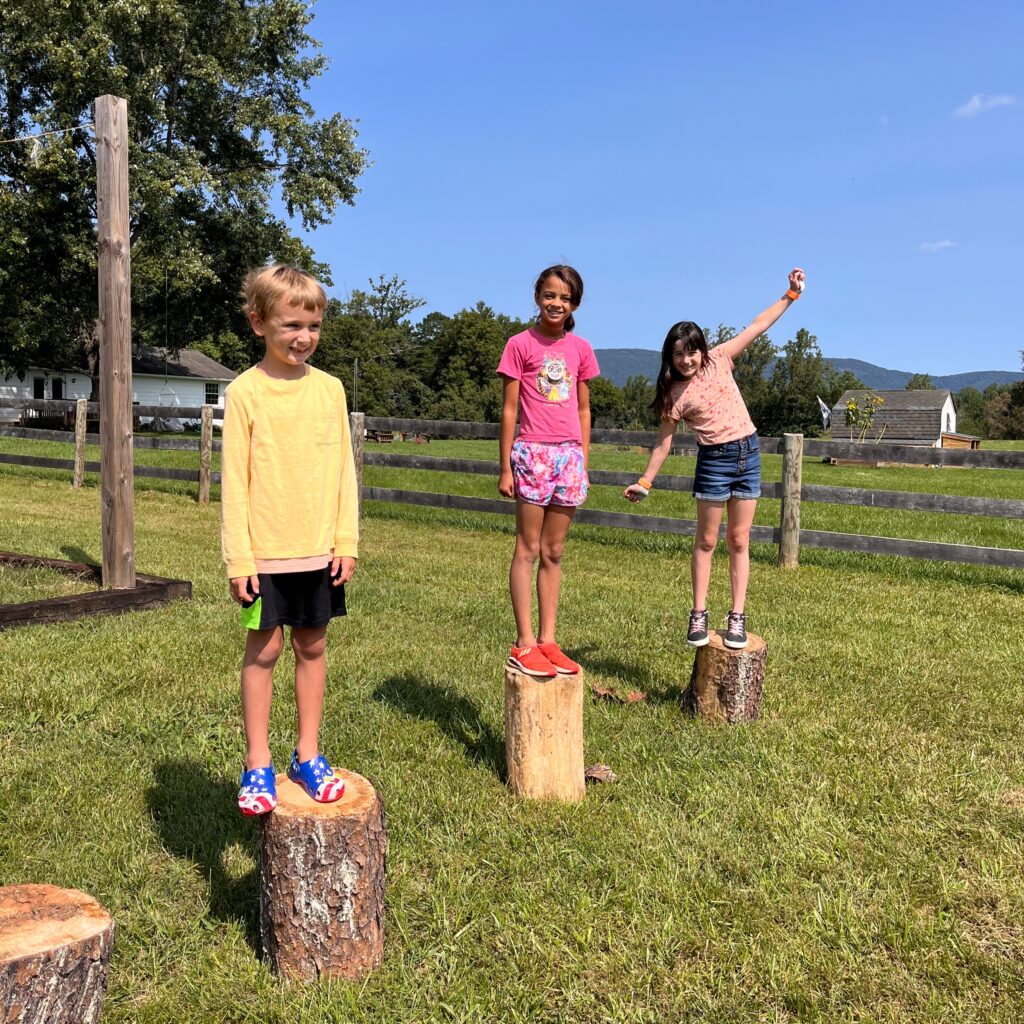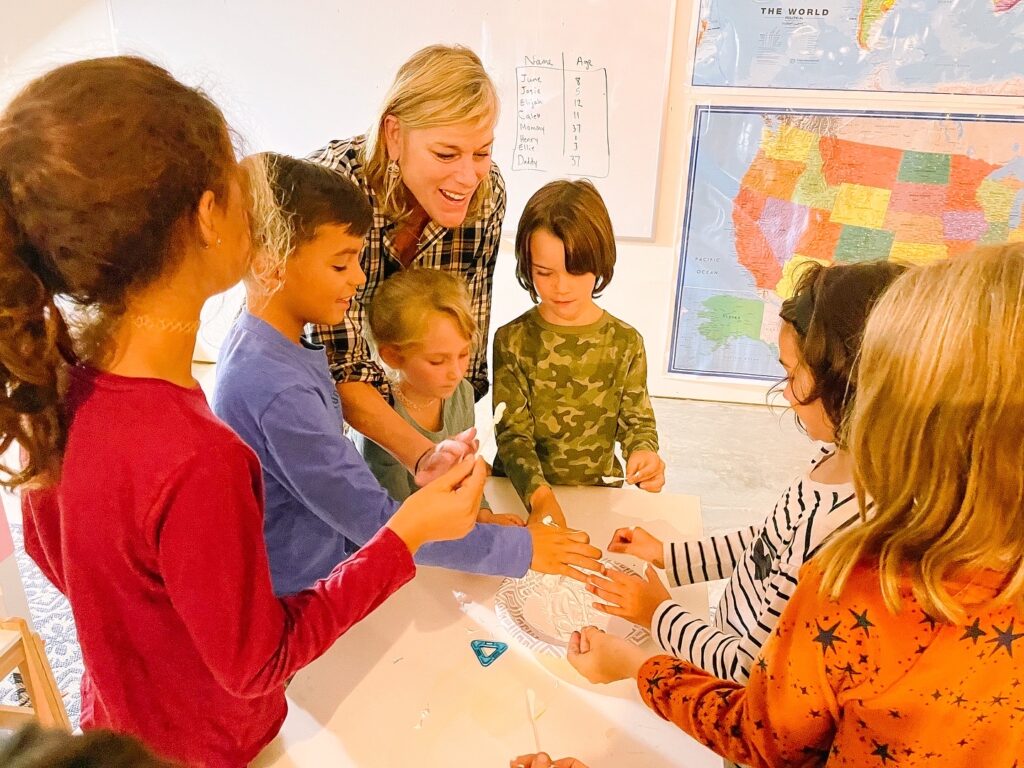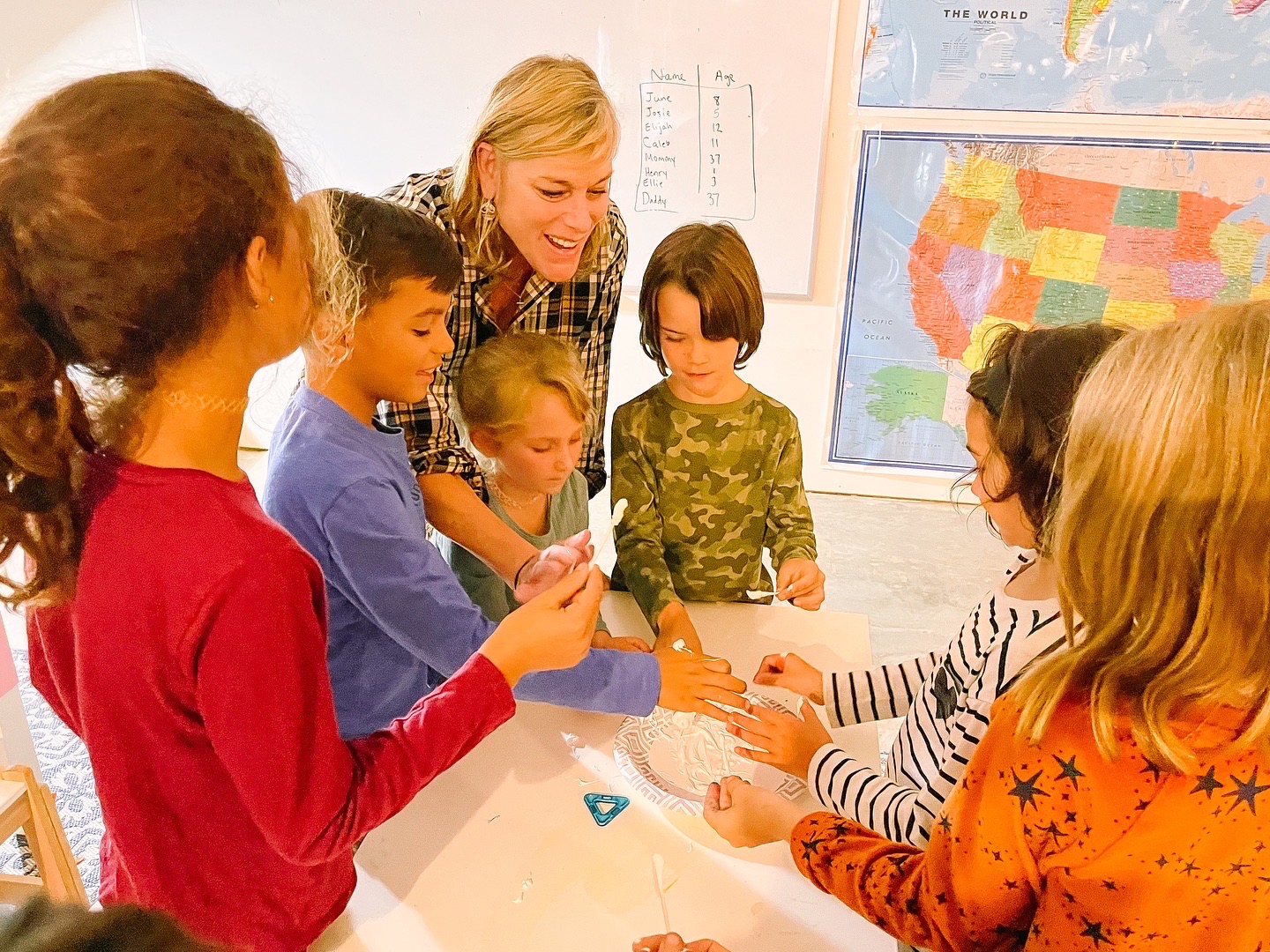In the world of education, one-size-fits-all rarely works. Children learn at different paces, have varied interests, and thrive in diverse environments. Multi-age classrooms, a hallmark of many microschools and alternative education models, provide a solution by grouping students of different ages and grade levels together. While this approach might seem unconventional compared to traditional single-grade classrooms, it offers numerous advantages for students, educators, and families alike. Here’s why multi-age learning is a powerful tool for fostering growth and community (which we can attest to these advantages as we have seen them unfold in our microschool in Crozet, Virginia).
1. Peer Learning and Mentorship
One of the standout benefits of multi-age classrooms is the opportunity for peer learning. In this setup:
- Older students take on mentorship roles, helping younger peers with their studies or projects. This reinforces the older students’ understanding of the material while building their leadership skills.
- Younger students benefit from observing and interacting with older classmates, gaining insights and motivation to tackle more advanced concepts. This dynamic creates a collaborative learning environment where students learn from and support one another.
2. Customized Pace of Learning
Traditional classrooms often teach to the middle, leaving advanced learners under-challenged and struggling students overwhelmed. Multi-age settings:
- Allow students to progress at their own pace, moving ahead when ready or revisiting foundational concepts as needed.
- Reduce the stigma of being “ahead” or “behind” by fostering a fluid approach to learning where students’ progress is celebrated on an individual basis. This flexibility is especially valuable for students with diverse learning needs.
3. Encouraging Social Development
Interacting with peers of varying ages mirrors real-world social dynamics. Multi-age classrooms help students:
- Develop empathy and patience, as they work alongside younger classmates.
- Enhance communication skills by explaining ideas to peers who might be at different developmental stages.
- Build confidence as they realize they have something valuable to contribute, regardless of their age. These skills are essential for building strong relationships and thriving in diverse communities.
4. Stronger Sense of Community
Multi-age classrooms naturally foster a close-knit, family-like environment. Students often stay with the same teacher and peers for several years, which:
- Strengthens relationships between students and educators.
- Creates a sense of stability and belonging.
- Encourages collaboration and mutual respect across age groups. This sense of community can significantly enhance students’ emotional well-being and engagement in learning.

5. Leadership Opportunities for Older Students
In traditional classrooms, leadership roles are often limited to specific assignments or extracurricular activities. In multi-age settings:
- Older students frequently step into leadership roles, whether by teaching, organizing, or guiding younger peers.
- These experiences help them develop critical skills such as responsibility, problem-solving, and the ability to inspire others. This builds confidence and prepares them for leadership roles in the future.
6. Reduced Competition, Increased Cooperation
In single-grade classrooms, students are often compared to their same-age peers, fostering unnecessary competition. Multi-age classrooms:
- Shift the focus to collaboration and individual progress.
- Help students appreciate and celebrate their peers’ unique strengths and abilities. This approach reduces pressure and creates a more supportive learning environment.
This might be one of my favorite things to witness at our microschool, Crozet Cooperative.
7. Real-World Preparation
In most aspects of life—workplaces, families, and communities—people interact with individuals of all ages. Multi-age classrooms:
- Mimic these real-world dynamics, teaching students to navigate diverse relationships.
- Help students develop adaptability and resilience, as they learn to work effectively with a variety of personalities and skill levels.
8. Creative and Flexible Teaching Approaches
Multi-age learning encourages educators to think outside the box. Teachers often:
- Develop creative, project-based curricula that cater to a range of abilities and interests.
- Use differentiated instruction to meet students where they are. This flexibility benefits both students and educators, making the learning process more engaging and effective.

A Model for Lifelong Learning
Multi-age classrooms challenge the conventional boundaries of education, offering a model that celebrates individuality, fosters collaboration, and mirrors the diverse world we live in. By blending age groups, these classrooms create a thriving environment where students learn from each other, grow at their own pace, and build the skills they need to succeed—academically, socially, and beyond.
If you’re curious about how multi-age learning can benefit your child or how it’s implemented at Crozet Cooperative here in Crozet, Virginia, we’d love to share more. Let’s explore how this innovative approach can unlock your child’s potential and redefine their educational experience.


One response to “Multi-Age Learning: The Benefits of Diverse Classrooms”
[…] Our multi-age learning environment fosters mentorship, collaboration, and individualized growth. Students benefit from working alongside peers of different ages, mirroring real-world social and academic interactions. You can learn more about the benefits of multi-aged learning in this blog post. […]